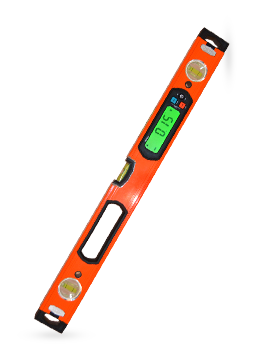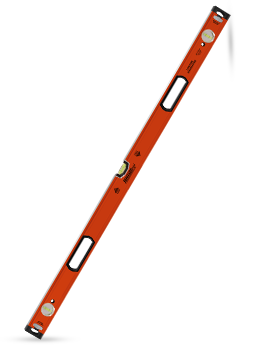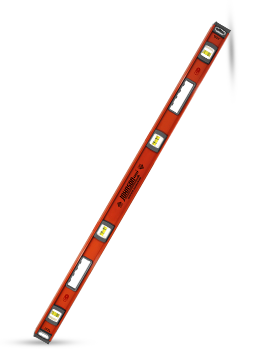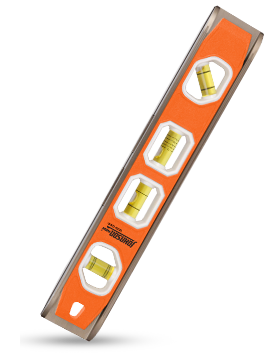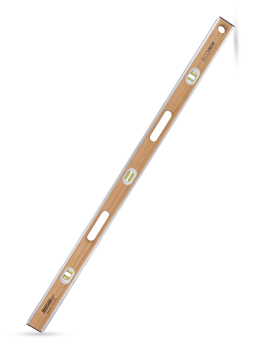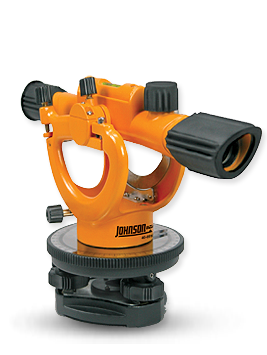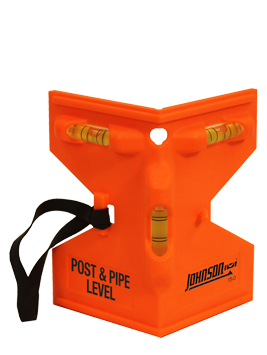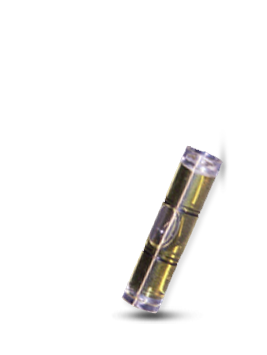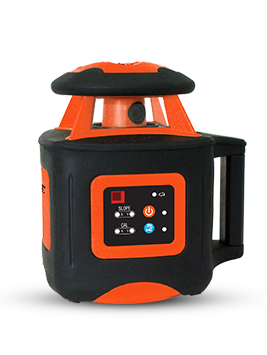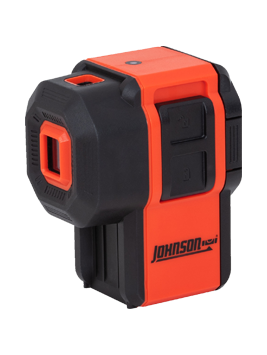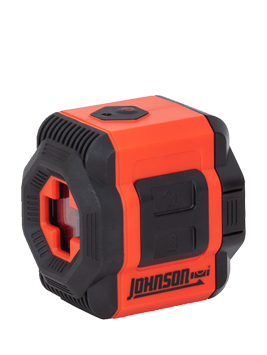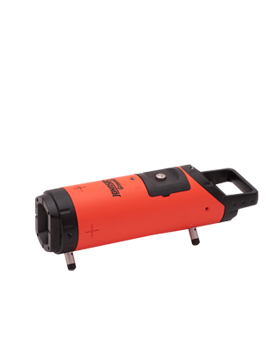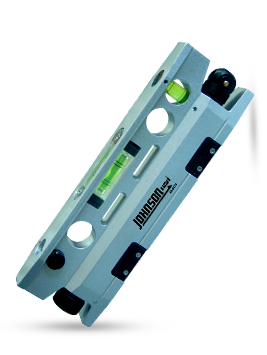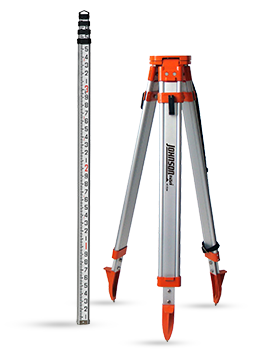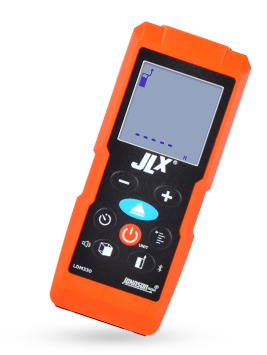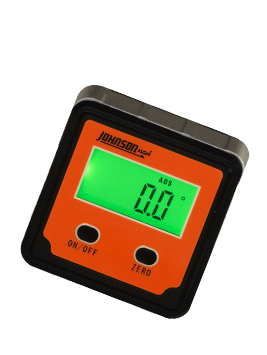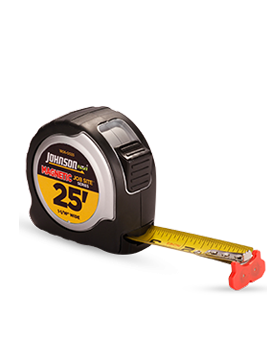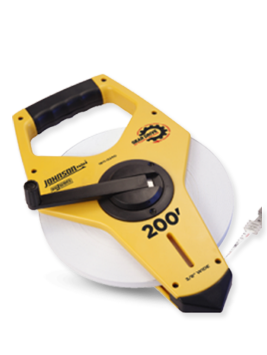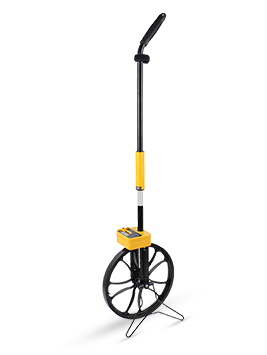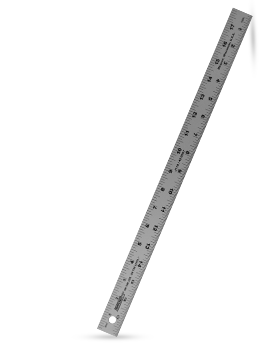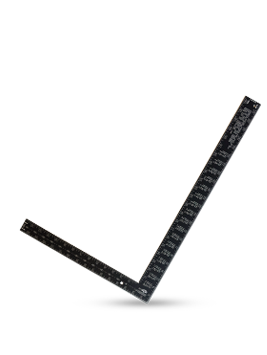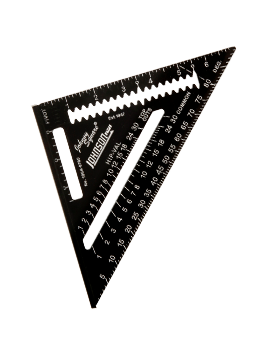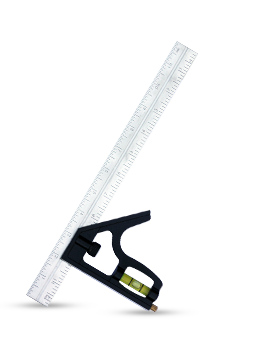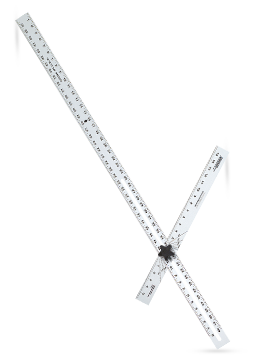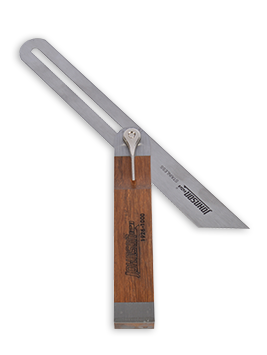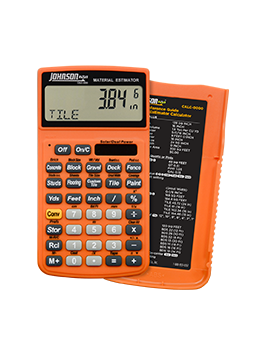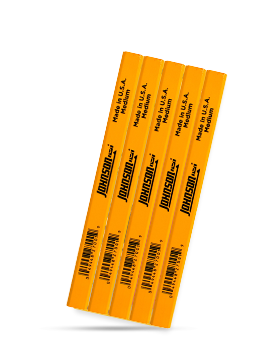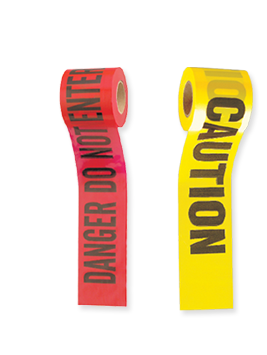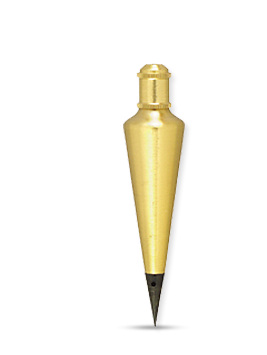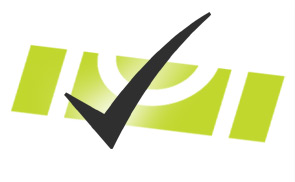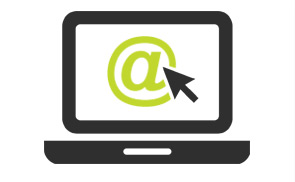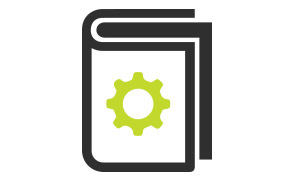Laser Level Safety
Even though the beam coming out of a laser level has only a small amount of power, it is concentrated enough to harm your eyes. Anyone using a laser level should follow the below precautions:
- NEVER stare into a laser beam.
- If you are wearing tinted lenses to increase the laser beam’s intensity, remember tinted glasses do not offer protection to the eyes from direct exposure of the laser beam.
- Do not attempt to repair or dissemble the laser tool. If unqualified persons attempt to repair this tool, serious injury may result.
- Make sure to read the instruction manual and for your safety do not use your laser level until you are familiar with how it operates.
- Never point a laser where it can encounter any vehicle with a driver, people, or pets.
- Don’t let children play with lasers.
- Purchase a laser level with the strength compatible with your intended usage. See below for Laser Level Classifications.
- Always turn the laser level tool off when not in use or left unattended for a period of time.
- Remove batteries when storing the tool for an extended period of time (more than 3 months) to avoid damage to the tool should the batteries deteriorate.
- Use only original parts and accessories purchased from the manufacturer or an authorized dealer. The use of non-manufacturer parts and accessories will void the warranty.
Laser Level Classifications:
Class I Lasers are usually under 0.4 milliwatts (mw) of power are considered incapable of damaging skin or tissue and are exempt from most controls. Examples are a scanner at a retail outlet, CD players or laser printers.
Class II Lasers are visible to the human eye, although they are still very low power, below 1.0 mw. When the eye is exposed to a Class II, it blinks, offering adequate protection. If exposed continually over time, eye damage could occur. An example is a laser pointer.
Class IIa Lasers on the other hand, are not intended to be viewed and exposure for more than 3 minutes or so (1,000 seconds) over an 8-hour period, may result in injury. An example is a bar-code scanner.Class III Lasers is where most quality Laser Levels will fall
Class IIIA are intermediate power lasers between 1 - 5mw.
Class IIIB are Moderate power lasers; 5-500mw, specific controls are recommended.Class IV Lasers are high power lasers, 500mw, are hazardous to view under any condition.
The Occupational Safety and Health Administration (OSHA) provides detailed information on Laser Hazards in Section III, Chapter 6 of the OSHA Technical Manual. http://www.osha.gov/dts/osta/otm/otm_iii/otm_iii_6.html
